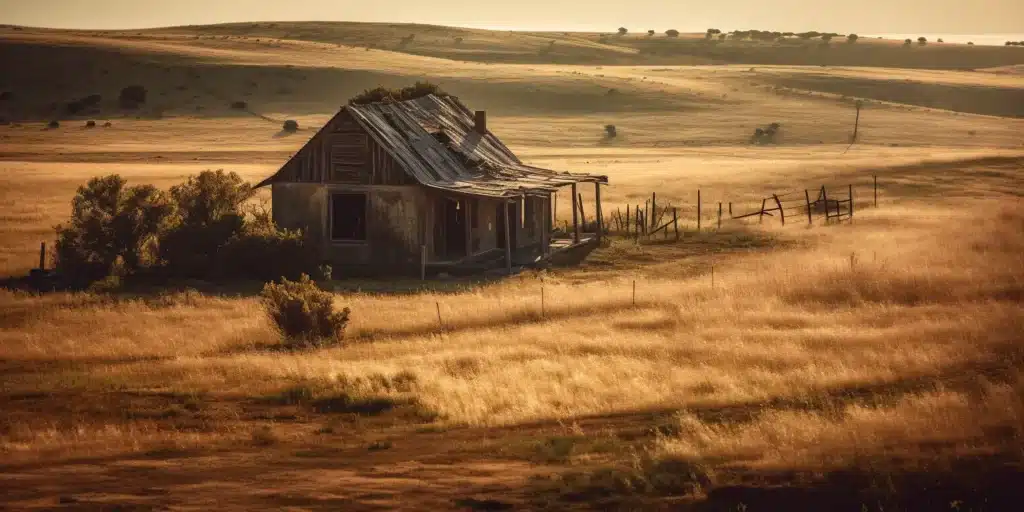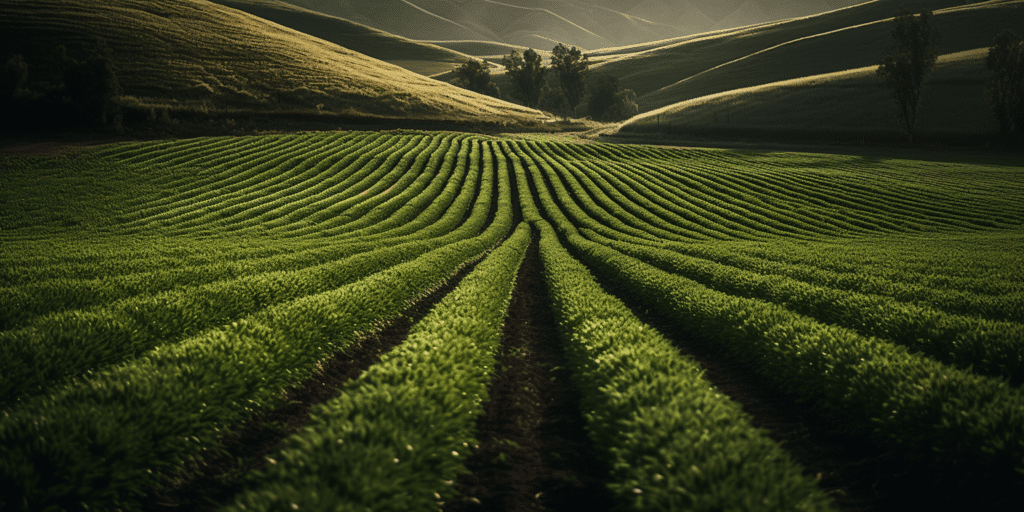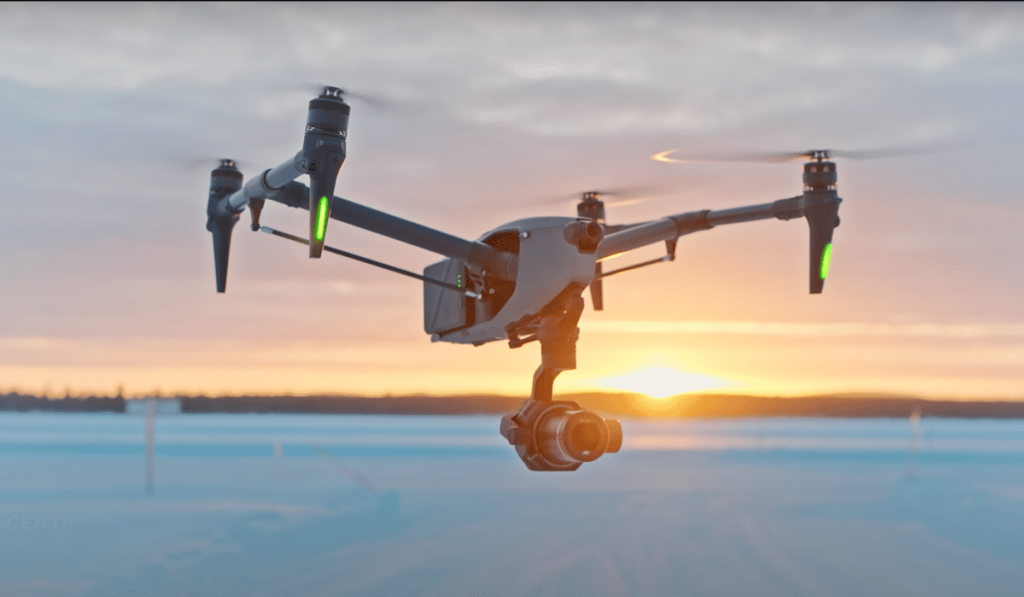In today’s fast-paced world, the agricultural industry is continuously seeking innovative solutions to enhance productivity and reduce costs. One of the most promising technologies taking the world by storm is the use of drones for agriculture. In Oklahoma, a local company called Blue Falcon Aerial is helping farmers and businesses harness the full potential of these unmanned aerial vehicles. In this article, we’ll explore the many benefits of using drones for agriculture in OK, and why partnering with a local Oklahoma company like Blue Falcon Aerial is essential for your farm’s success.
Overview of drones in agriculture
Types of agricultural drones
Drones, also known as Unmanned Aerial Vehicles (UAVs), come in various shapes and sizes, each designed to fulfill specific agricultural needs. Some of the most common types of drones used in agriculture include:
- Fixed-wing drones: These drones have a more extensive range and can cover vast areas of farmland in a single flight. They are ideal for surveying and mapping large agricultural lands.
- Multi-rotor drones: These drones are more agile and can hover in place, allowing for more precise data collection. They are suitable for crop health monitoring, spraying, and other tasks that require close attention.
- Hybrid drones: These drones combine the best features of fixed-wing and multi-rotor drones, offering both range and precision.
The rise of drone technology in agriculture
The use of drones in agriculture has been steadily growing over the past decade, thanks to advancements in technology and the increasing need for more efficient and sustainable farming practices. With the advent of high-resolution cameras, multispectral sensors, and sophisticated software, drones are now capable of providing farmers with invaluable data and insights to make better-informed decisions.
Key benefits of using drones for agriculture in OK
The application of drones for agriculture in Oklahoma has led to numerous benefits for farmers, helping them optimize their operations and improve overall productivity. Some of these benefits include:
Improved crop monitoring
Regular monitoring of crops is crucial for maintaining their health and identifying potential issues early on. Drones equipped with high-resolution cameras and sensors can quickly and efficiently capture images and data across large areas, providing farmers with real-time insights into their crops’ condition. This information allows for early detection of issues, such as plant stress, disease, or pest infestation, enabling farmers to take prompt action and minimize losses.
Enhanced irrigation management
Water management is a critical aspect of farming, especially in regions where water resources are scarce. Drones equipped with multispectral and thermal sensors can help farmers identify areas of their fields that are over-watered, under-watered, or have drainage issues. By pinpointing these problem areas, farmers can adjust their irrigation systems accordingly, conserving water and ensuring that their crops receive the right amount of moisture.
Accurate crop health assessment
Drones equipped with specialized sensors, such as Normalized Difference Vegetation Index (NDVI) cameras, can measure the amount of light reflected by plants, providing an accurate assessment of crop health. By analyzing this data, farmers can identify areas of their fields with nutrient deficiencies, diseases, or other issues, allowing them to take targeted action and improve crop yields.
Efficient pest control
Drones can play a vital role in identifying pest-infested areas and controlling their spread. By capturing high-resolution images, drones can help farmers detect signs of pest damage and infestations, enabling them to implement targeted pest control measures. Additionally, some drones are equipped with spraying systems, allowing for precise and efficient application of pesticides, reducing the need for manual labor and minimizing the exposure of non-targeted plants and the environment to chemicals.
Reduction in labor costs and time
The use of drones in agriculture can lead to significant savings in labor costs and time. With their ability to cover large areas quickly and perform various tasks, such as surveying, monitoring, and spraying, drones can replace many manual and time-consuming activities. By automating these tasks, farmers can focus on other essential aspects of their operations, ultimately improving their farm’s overall efficiency and productivity.
Case studies: Successful drone use in Oklahoma agriculture
Drone technology has already demonstrated its value in numerous Oklahoma agricultural projects. Here are two case studies highlighting the successful application of drones in the state’s farming sector:
Case study 1: Precision agriculture for improved crop yields
An Oklahoma farmer utilized drone technology to monitor their wheat and canola fields. Equipped with high-resolution cameras and multispectral sensors, the drone captured detailed images and data that enabled the farmer to identify areas of plant stress and nutrient deficiencies. With this information, the farmer implemented targeted fertilizer applications and adjusted irrigation practices, leading to improved crop health and increased yields.
Case study 2: Efficient management of cattle grazing
An Oklahoma rancher employed drones to monitor and manage their cattle grazing patterns. The drone’s aerial perspective enabled the rancher to assess the distribution of their cattle and the condition of the pasture more effectively. By identifying overgrazed areas and adjusting the movement of the cattle, the rancher ensured better pasture utilization and optimized the overall health and growth of the livestock.
Choosing the right drone for your farm
Selecting the appropriate drone for your agricultural needs is critical to maximizing its benefits. Here are some factors to consider and top agricultural drone models to help you make an informed decision:
Factors to consider
- Flight time and range: Evaluate the size of your farm and the tasks you’ll be performing to determine the necessary flight time and range for your drone.
- Payload capacity: Consider the type of sensors or cameras you’ll need for your operations, and ensure the drone you choose can carry the required equipment.
- Ease of use: Opt for a drone with user-friendly controls and software, especially if you are new to drone technology.
- Regulatory compliance: Make sure the drone you select complies with local and federal regulations.
Top agricultural drone models
Here are three popular drone models for agricultural use:
- DJI Agras T20: This versatile drone is designed for crop spraying and monitoring tasks. With a 20-liter spray tank, advanced sensors, and an extended flight time, the DJI Agras T20 is perfect for large-scale farming operations.
- Parrot Bluegrass Fields: This all-in-one drone solution comes with multispectral sensors and a 14-megapixel camera, making it ideal for crop health assessment and monitoring. Its user-friendly software allows for easy data analysis and seamless integration with existing farm management tools.
- senseFly eBee X: This fixed-wing drone offers exceptional range and endurance, making it suitable for large-scale mapping and surveying tasks. Its modular design allows for the attachment of various sensors and cameras, depending on your specific agricultural needs.
Legal and regulatory considerations in Oklahoma
Before integrating drones into your agricultural operations, it’s essential to be aware of the legal and regulatory requirements governing their use. Here are some critical points to keep in mind:
Federal Aviation Administration (FAA) regulations
The FAA regulates the use of drones in the United States, and agricultural drone users must comply with the following requirements:
- Part 107 certification: Commercial drone pilots, including those operating drones for agricultural purposes, must obtain a Remote Pilot Certificate under Part 107 of the Federal Aviation Regulations. To acquire this certification, pilots must pass an FAA-administered knowledge test.
- Drone registration: All drones weighing between 0.55 lbs and 55 lbs must be registered with the FAA.
- Operational restrictions: Drone pilots must adhere to specific operational guidelines, such as maintaining a maximum altitude of 400 feet, flying only during daylight hours, and keeping the drone within the visual line of sight.
Oklahoma state regulations
In addition to federal regulations, drone users in Oklahoma should be aware of any state-specific rules and guidelines. While Oklahoma does not have extensive drone-specific legislation, it is essential to respect privacy rights and obtain permission before flying over private property.
Insurance and liability considerations
Agricultural drone users should also consider obtaining insurance coverage for their operations. Insurance policies can help protect against potential damages or liability arising from drone usage, such as property damage or injury to individuals.
Blue Falcon Aerial’s contribution to Oklahoma agriculture
As a local Oklahoma company, Blue Falcon Aerial is dedicated to helping farmers and agricultural businesses in the state harness the power of drone technology to improve their operations. Blue Falcon Aerial offers a range of services tailored to the unique needs of the Oklahoma agricultural community, including:
Customized drone solutions
Blue Falcon Aerial understands that each farm is different and requires specialized solutions. Their team of experts works closely with clients to develop customized drone applications, ensuring the technology is optimized for each farm’s specific needs.
Training and support
To help clients get the most out of their drone investment, Blue Falcon Aerial offers comprehensive training and support services. Their experienced team provides hands-on training to help clients master the skills required to operate and maintain their agricultural drones effectively. In addition, Blue Falcon Aerial offers ongoing support to ensure clients can confidently navigate any challenges they may encounter.
Compliance assistance
Navigating the complex web of drone regulations can be daunting. Blue Falcon Aerial’s knowledgeable team can help clients understand and comply with all necessary legal and regulatory requirements, ensuring their drone operations remain compliant and hassle-free.
By offering these valuable services, Blue Falcon Aerial is contributing significantly to the growth and success of Oklahoma’s agricultural industry, helping farmers across the state reap the benefits of drone technology.
In conclusion, drones have revolutionized the way we approach agriculture, offering numerous benefits to Oklahoma farmers. From improved crop monitoring and irrigation management to accurate crop health assessment and efficient pest control, the adoption of drones for agriculture in OK has proven to be a game-changer. As a local Oklahoma company, Blue Falcon Aerial understands the unique challenges faced by the state’s farmers and offers customized solutions to help them stay ahead in the competitive agricultural industry.
If you’re considering incorporating drones into your farming operations or simply want to learn more about how they can benefit your business, don’t hesitate to visit Blue Falcon Aerial’s website and explore their range of drone services. To delve deeper into the world of precision agriculture and gain more insights, check out Blue Falcon Aerial’s informative article on Revolutionizing Agriculture with Aerial Precision Tech. For any further inquiries or assistance, reach out to the experts at Blue Falcon Aerial, and they will be more than happy to help you with your drone service needs.




